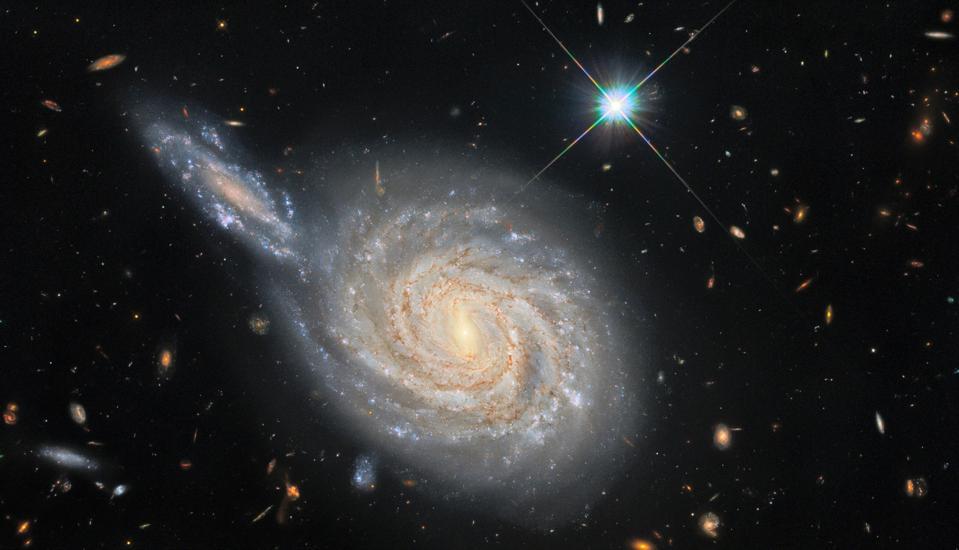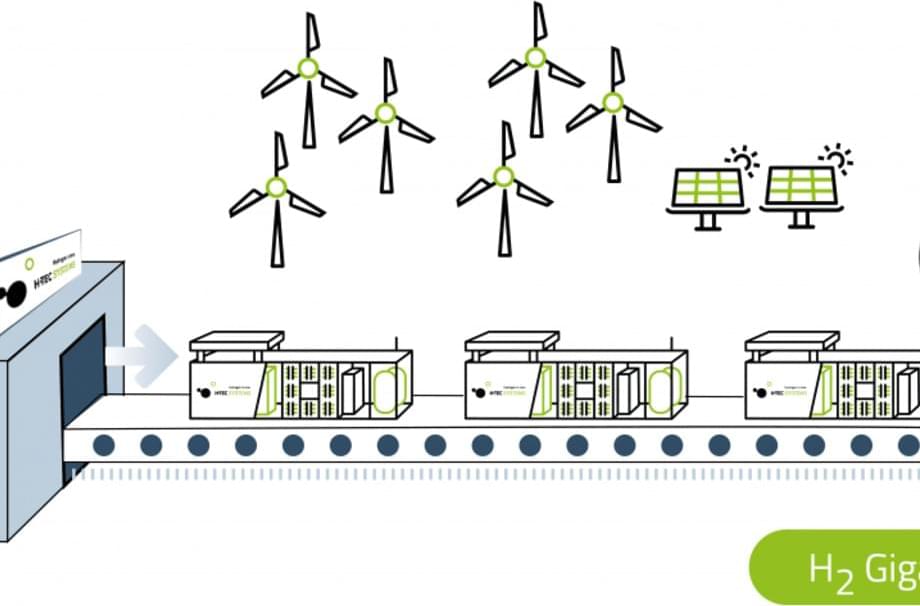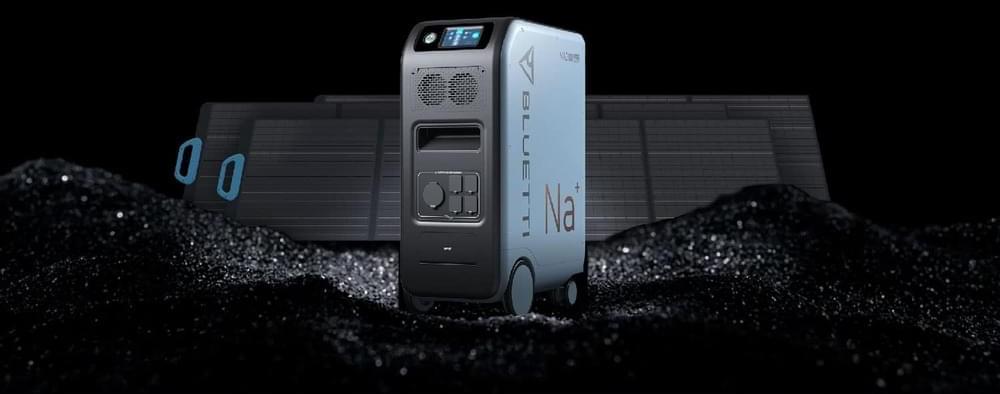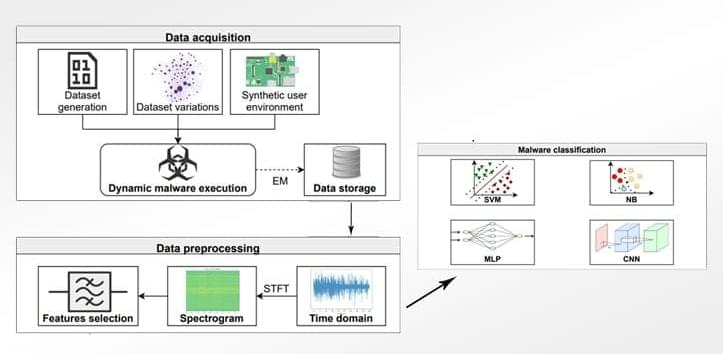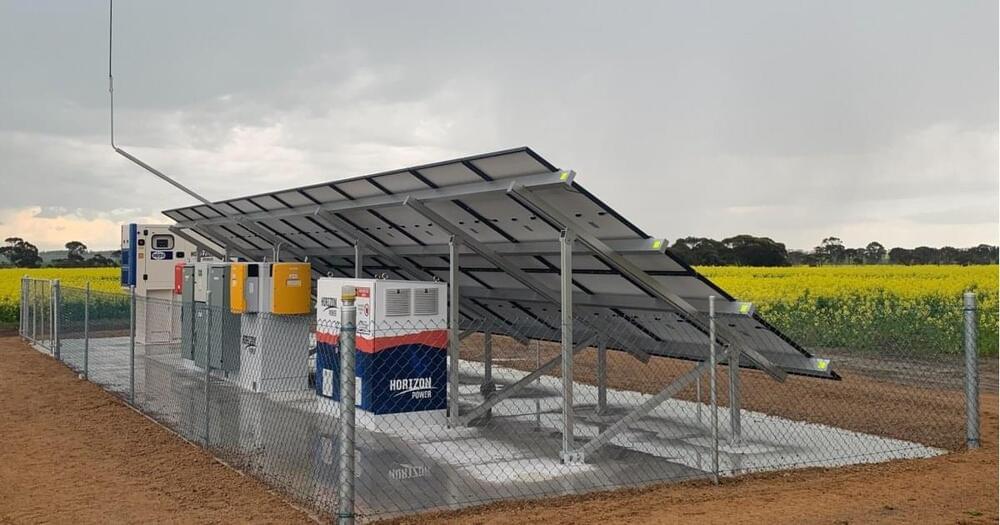If you thought the Hubble Space Telescope was about to be surpassed by the new James Webb Space Telescope (Webb), think again.
Now on its way to its observing position a million miles from Earth, Webb has a 6.6 meter mirror–compared to the 2.4-meter mirror inside Hubble–so six times more collecting power.
Should we compare Webb with Hubble? No–Webb is an infrared telescope while Hubble deals mainly in optical (visible) light.
Besides, Hubble has just issued a stunning new image, one of several in the last few weeks, that prove that there’s plenty of life left in the old space telescope yet.
The main image of this article, above, was released yesterday and shows a spiral galaxy called NGC 105 about 215 million light-years away in the constellation Pisces. It also shows, top-left, a smaller galaxy. Are the two colliding? No–it’s merely a chance alignment of the two objects in the night sky. That smaller galaxy is much further away.
Full Story:
